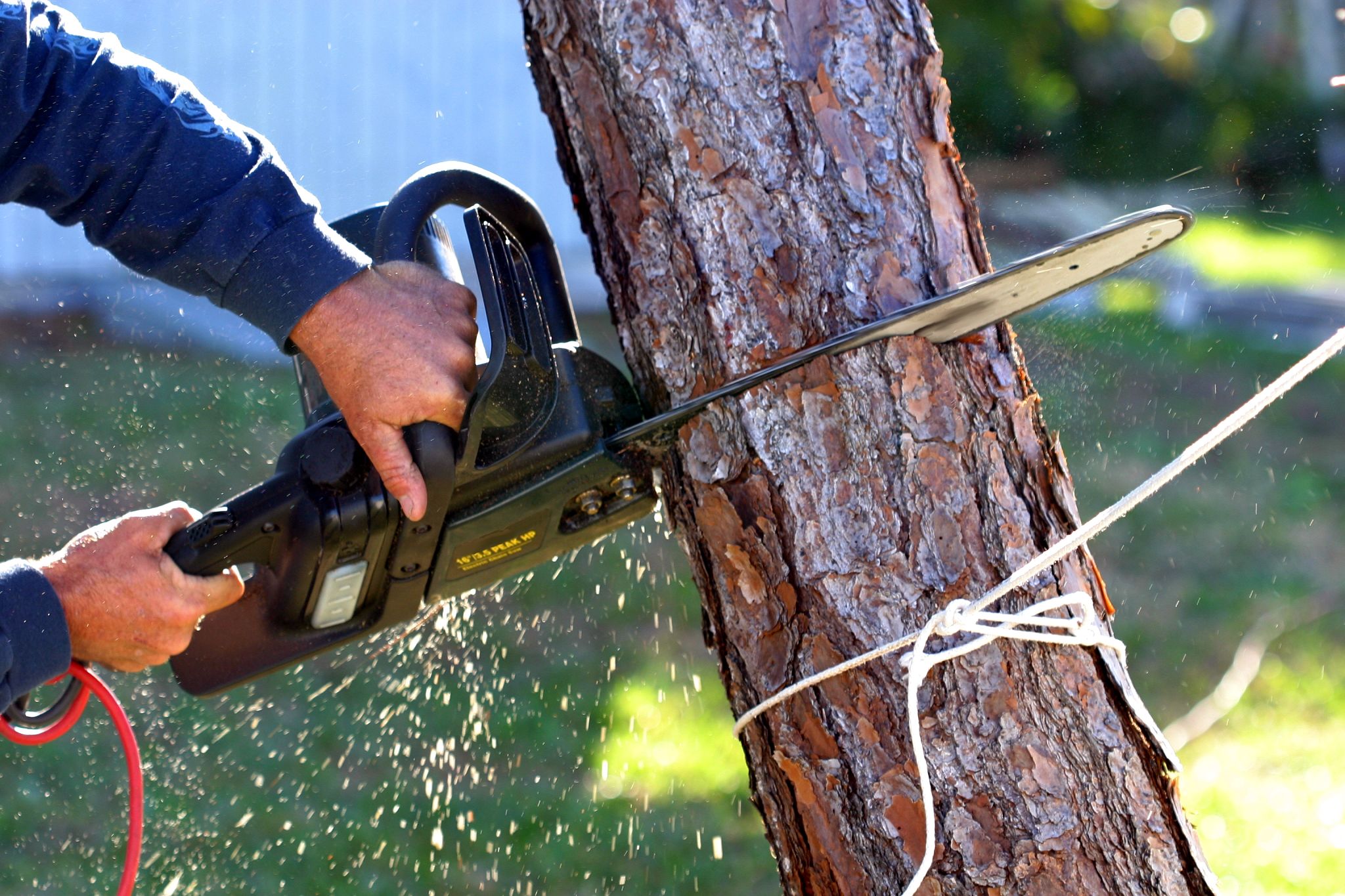The Ultimate DIY Tree Removal Safety Checklist
Introduction to DIY Tree Removal
Removing a tree on your property can be a challenging task, but with the right preparation and safety measures, it can be accomplished safely and efficiently. Before you grab your tools, it’s crucial to understand the potential risks and necessary precautions involved in DIY tree removal. This ultimate safety checklist will guide you through the essential steps to ensure a successful and safe tree removal process.

Assess the Tree and Surrounding Area
Evaluate the Tree's Condition
Before any removal attempt, assess the tree's health and structure. Look for signs of disease, rot, or structural weakness. If the tree is leaning or has large dead branches, it may be unstable and require professional intervention.
Identify Potential Hazards
Examine the area around the tree for potential hazards such as power lines, buildings, or other obstacles. Determine a safe direction for the tree to fall, ensuring it won't cause damage or injuries. Clear the area of debris and obstacles to create a safe working environment.
Gather Essential Safety Gear
Safety should be your top priority when removing a tree. Equip yourself with the proper safety gear to protect against potential injuries. Here’s a list of essential items:
- Hard hat: Protects your head from falling branches.
- Safety glasses: Shields your eyes from debris.
- Ear protection: Reduces noise from chainsaws and other machinery.
- Gloves: Provides grip and protects hands from cuts.
- Sturdy boots: Offers support and protection for your feet.

Select the Right Tools
The success of your tree removal project heavily depends on using the right tools. Ensure you have access to well-maintained equipment that suits the size and type of tree. Essential tools include:
- Chainsaw: A reliable chainsaw is crucial for cutting through thick trunks and branches.
- Pruning saw: Useful for trimming smaller branches before tackling the main trunk.
- Axe or hatchet: Helps with smaller cuts and clearing out minor obstacles.
Inspect Your Equipment
Before starting, inspect all your equipment to ensure it is in good working condition. Check chainsaws for sharpness and proper tension, and ensure all safety features are functional. Dull or malfunctioning tools can be dangerous and lead to accidents.

Plan Your Tree Removal Process
A well-thought-out plan is key to a safe and efficient tree removal. Start by determining the direction you want the tree to fall. Make preliminary cuts to guide the fall and reduce the risk of it veering off course. Establish an escape route to use once the tree begins to fall.
Communication is Key
If you’re working with others, establish clear signals and communication methods to ensure everyone’s safety during the process. A coordinated effort minimizes confusion and enhances safety.
Proceed with Caution
Once everything is set, proceed with caution. Keep a safe distance from the tree as it falls and remain alert for any unexpected movements. After the tree is down, inspect it carefully before starting cleanup operations.
By following this comprehensive checklist, you can tackle DIY tree removal with confidence. Remember, if at any point you feel unsure or unsafe, it’s best to consult with or hire a professional arborist. Safety should always be your primary concern when dealing with potentially dangerous tasks like tree removal.
